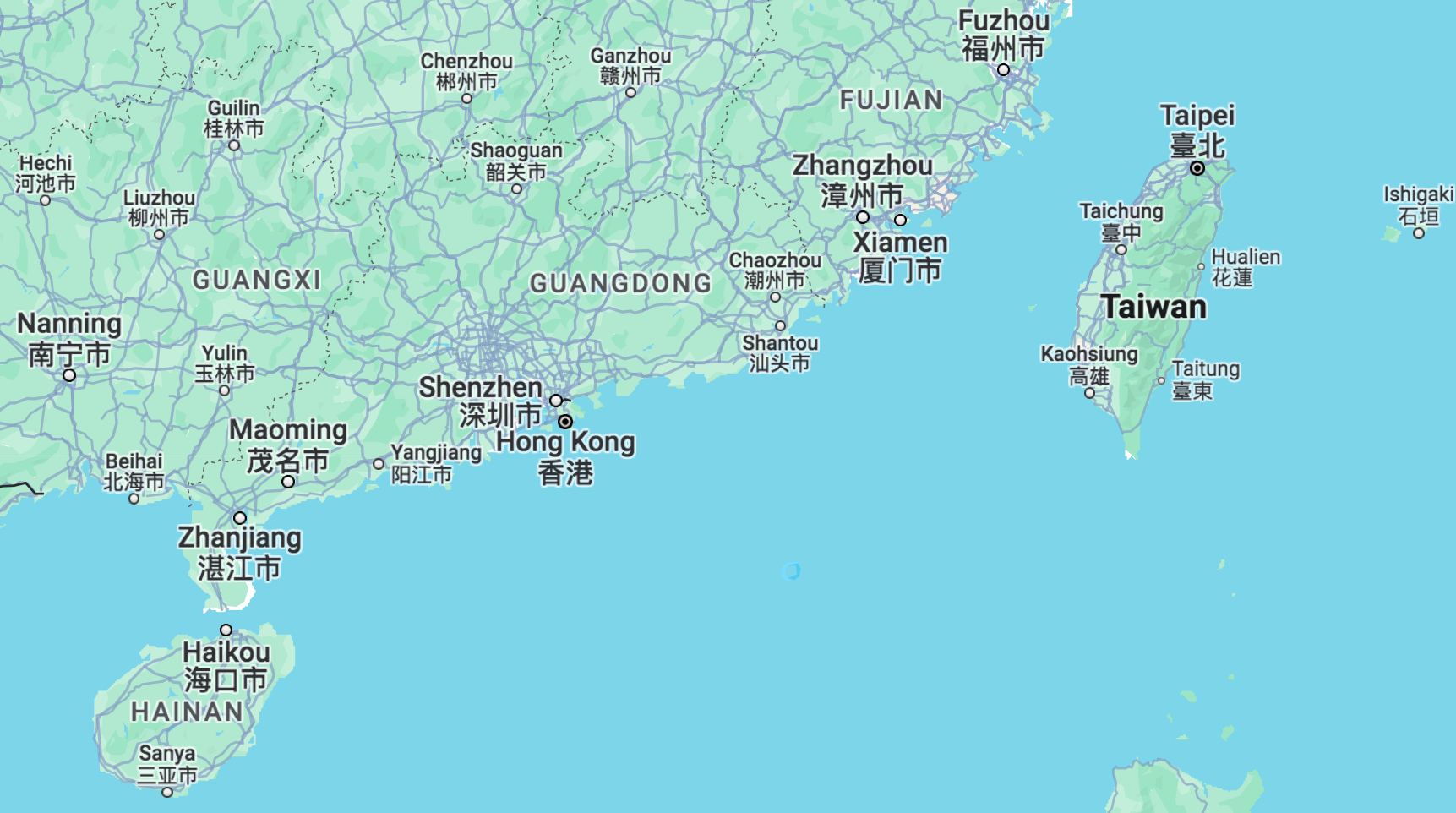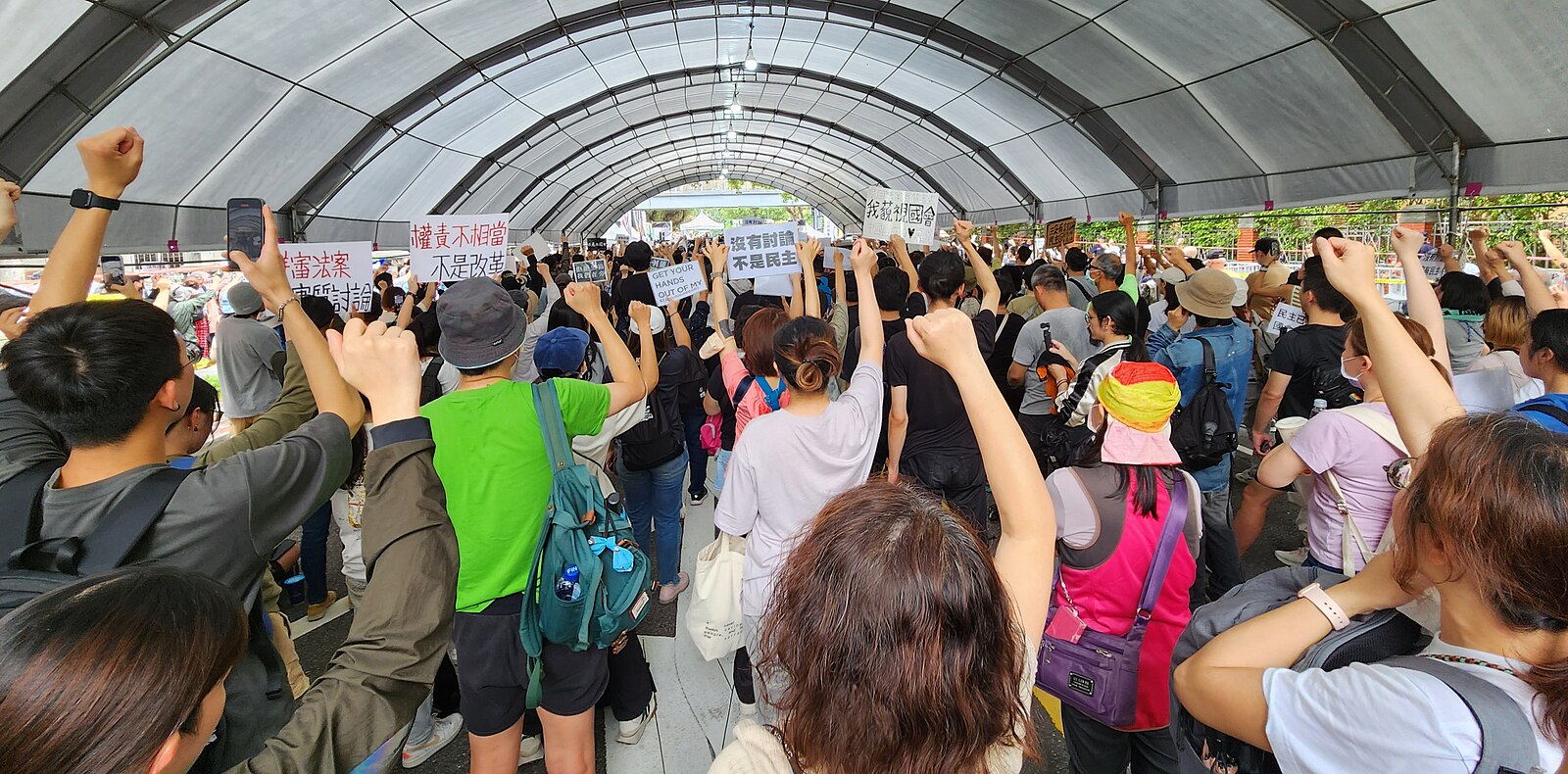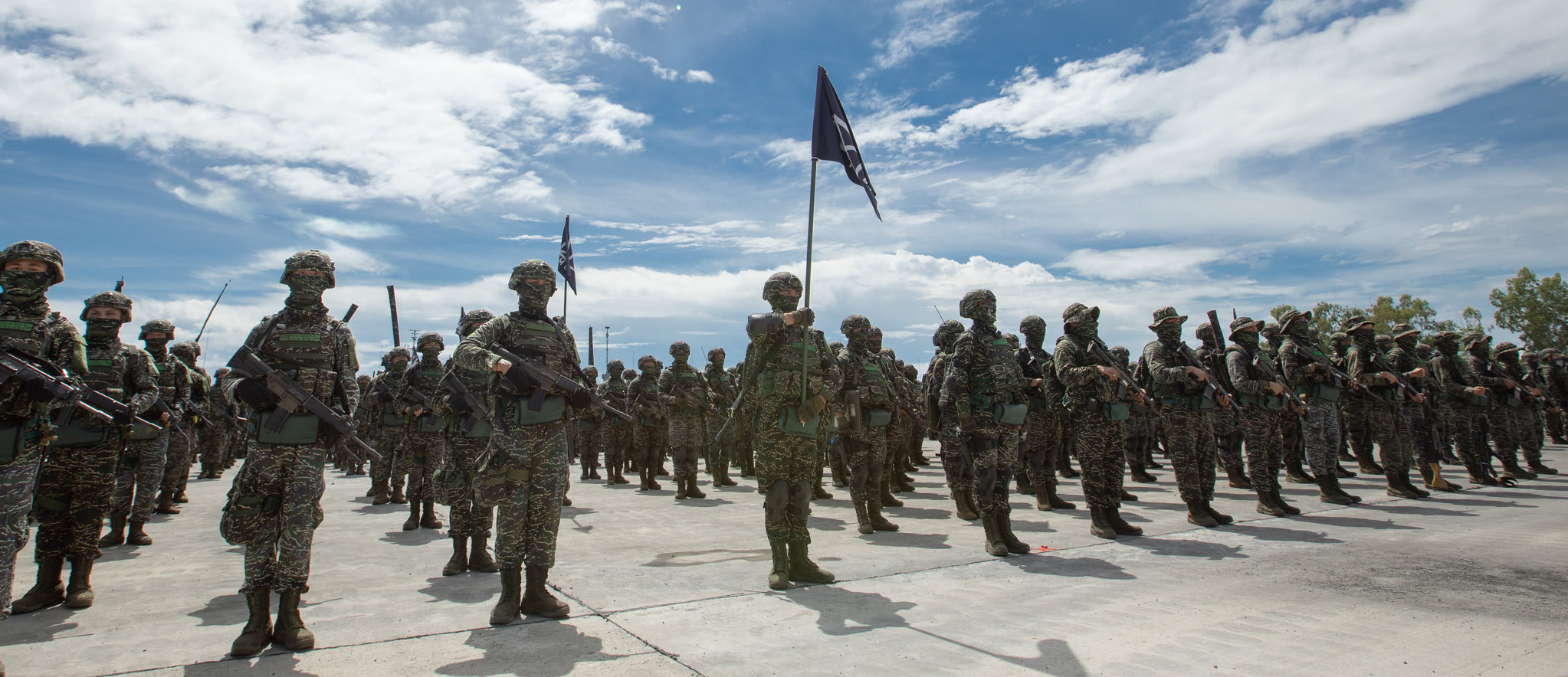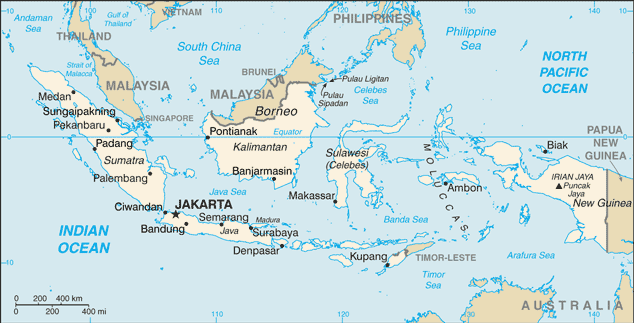US shifts nuclear posture to confront China
President Biden approved in March a highly classified nuclear posture document for the first time reorienting US deterrent strategy to focus on China’s rapid expansion in its nuclear arsenal. The shift comes as the Pentagon believes China’s stockpiles will rival the size and diversity of those of the United States and Russia over the next decade. The new “Nuclear Employment Guidance” is highly classified, but a copy was just obtained by the New York Times. Beijing reacted angrily to the report. “The US is peddling the China nuclear threat narrative, finding excuses to seek strategic advantage,” a Chinese Foreign Ministry representative said. (Map: PCL)








